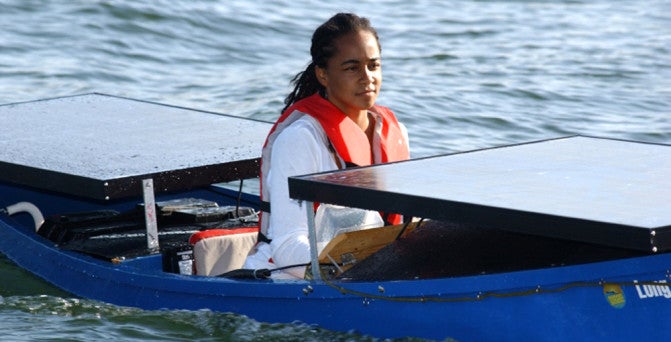
Metropolitan’s 14th annual Solar Cup gives students hands-on education in water conservation and alternative energy, inspiring careers in science, math and engineering.
An estimated 600 high school students will compete this weekend in the three-day Solar Cup competition by racing solar-powered boats that they have built.
The event, which will be held on southern California’s Lake Skinner, is the culmination of a year-long education program sponsored by the Metropolitan Water District of Southern California, in which students learn about water conservation, alternative energy, engineering, math and science. The students began building their single-seat, 16-foot, solar-powered boats in November and have equipped them with solar panels, batteries, electrical systems, drive trains, propellers and rudders to maximize their boats’ endurance, speed and mechanical and electrical efficiencies. As part of their program, the students, comprising 38 teams in all, created compelling video and social media campaigns stressing the importance of water conservation.
The Solar Cup, which was launched in 2002 with eight teams and about 80 students, has become North America’s largest solar-powered boat competition. Nearly 10,000 students have participated in various Solar Cup competitions to date, some of whom have gone on to careers in math, physics, engineering and environmental science after learning about water resource management and alternative energy development in the hands-on program.
“Solar Cup gives students an opportunity to take concepts they’ve learned in the classroom and apply them in a practical way focused on conservation and alternative energy development,” said coordinator Julie Miller. “That experience often fosters a life-long interest in science, math, engineering, renewable energy, resource management and the environment and leads students into careers in which they may not have otherwise been interested.”
The Metropolitan Water District of Southern California is a state-established cooperative of 26 cities and water agencies serving nearly 19 million people in six counties. The district imports water from the Colorado River and Northern California to supplement local supplies, and helps its members to develop increased water conservation, recycling, storage and other resource-management programs.
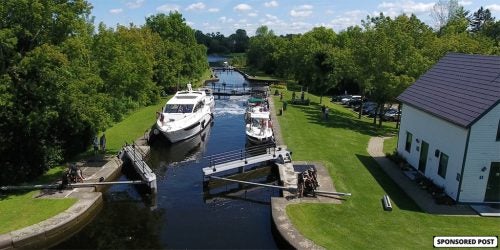
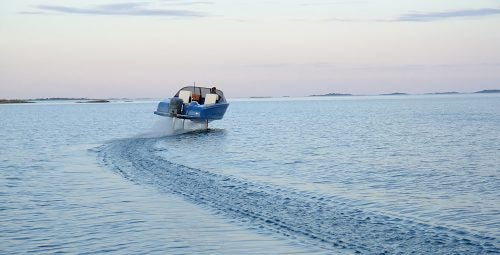



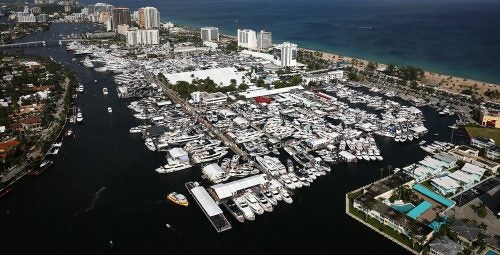 Fort Lauderdale International Boat Show Preview
Fort Lauderdale International Boat Show Preview 10 Best New Boat Accessories at IBEX 2021
10 Best New Boat Accessories at IBEX 2021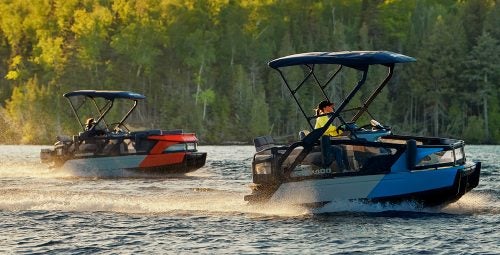 2022 Sea-Doo Switch Pontoon Boat Lineup Unveiled
2022 Sea-Doo Switch Pontoon Boat Lineup Unveiled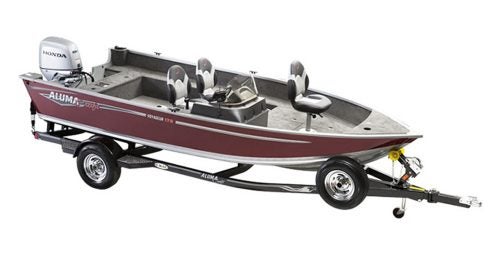 BRP Enters Fishing Boat Market with Purchase of Alumacraft Boat
BRP Enters Fishing Boat Market with Purchase of Alumacraft Boat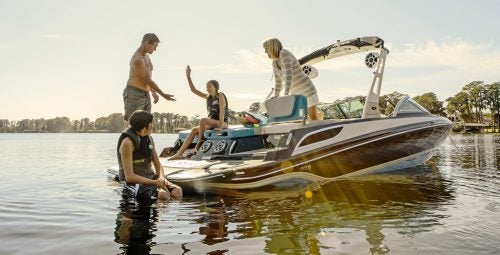 Volvo Commits To Electric Power By 2021
Volvo Commits To Electric Power By 2021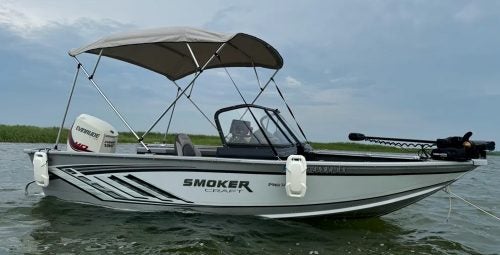 Kemimoto 4 Bow Bimini Top and Boat Bumper Review
Kemimoto 4 Bow Bimini Top and Boat Bumper Review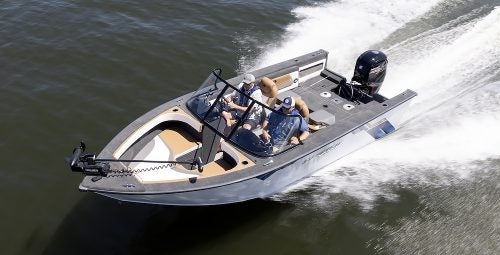 Starweld Victory 20 Review
Starweld Victory 20 Review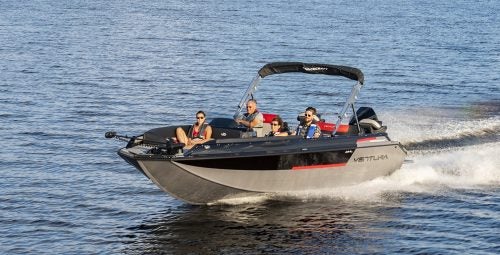 Princecraft Ventura 23 RL Review
Princecraft Ventura 23 RL Review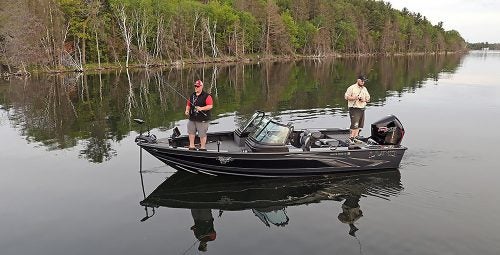 Lund 2075 Pro V Review
Lund 2075 Pro V Review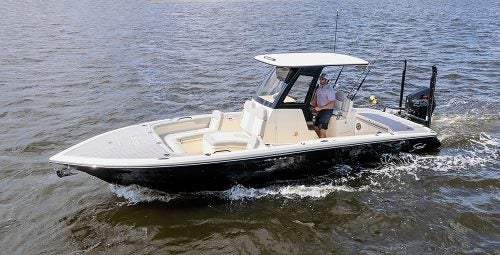 Scout 281 XSS Review
Scout 281 XSS Review Fuel Saving Tips For Boaters
Fuel Saving Tips For Boaters Best Boating Accessories
Best Boating Accessories Best Boating Apps
Best Boating Apps 5 Pontoon Boats That Are Made To Fish
5 Pontoon Boats That Are Made To Fish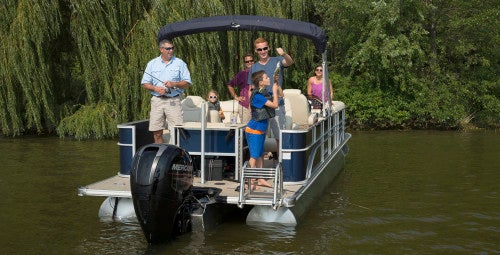 10 Great Small Pontoons
10 Great Small Pontoons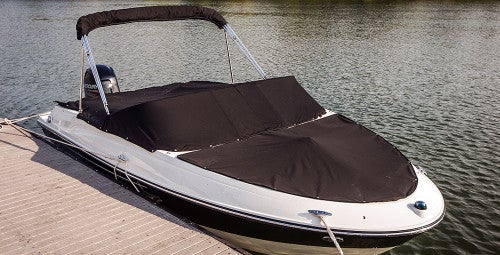 Your Boat Was Expensive—Do You Really Trust a $2 Rope From the Dollar Store to Secure It?
Your Boat Was Expensive—Do You Really Trust a $2 Rope From the Dollar Store to Secure It?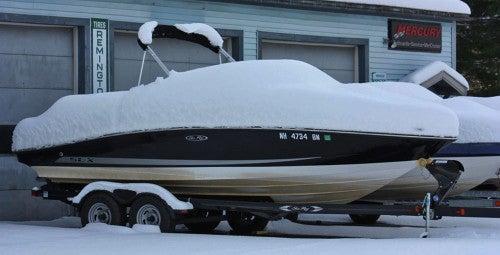 Do I Need Insurance Coverage Against Ice or Freezing Damage?
Do I Need Insurance Coverage Against Ice or Freezing Damage? What Kind Of Insurance Coverage Do I Need?
What Kind Of Insurance Coverage Do I Need?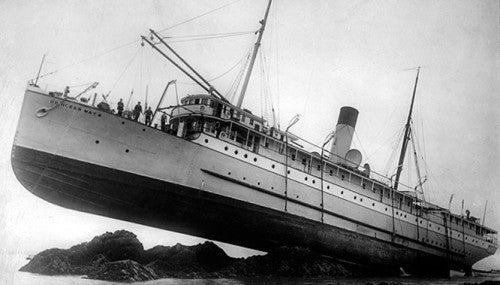 What About Salvage?
What About Salvage?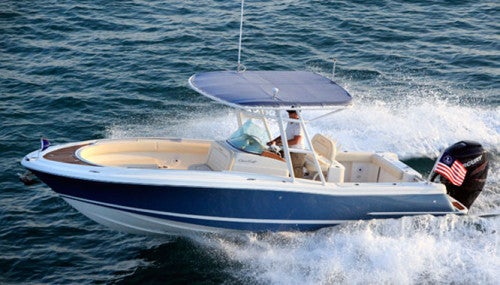 Boat Insurance or Yacht Insurance?
Boat Insurance or Yacht Insurance?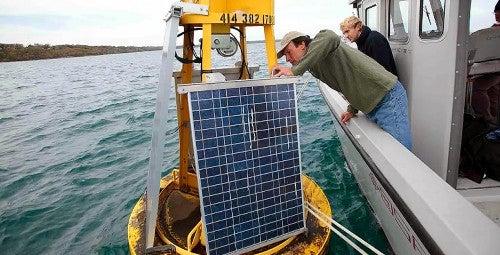
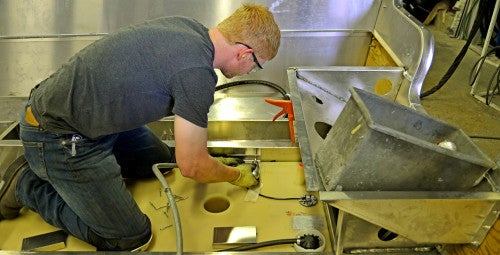
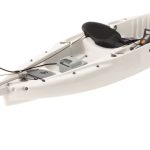

 The Best Bowriders For The Money
The Best Bowriders For The Money
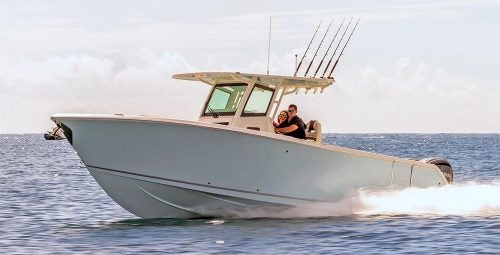 Sailfish 312CC Review
Sailfish 312CC Review
 The Wildest Concept Yachts
The Wildest Concept Yachts
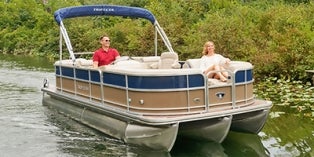 2016 Trifecta 200 Series 220FCR
2016 Trifecta 200 Series 220FCR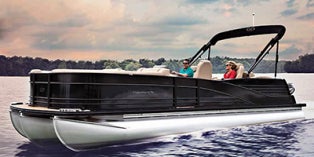 2016 Harris Grand Mariner SL 270 DL
2016 Harris Grand Mariner SL 270 DL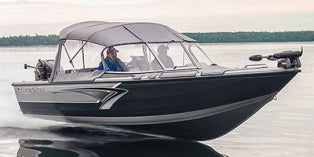 2016 Crestliner Authority 2050
2016 Crestliner Authority 2050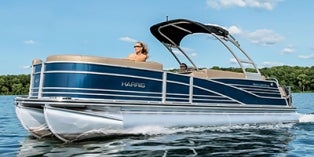 2016 Harris Grand Mariner SL 230 DLDH
2016 Harris Grand Mariner SL 230 DLDH
